Food
Shopping with a Foodie 1952: a trip to the supermarket the year Queen Elizabeth II came to the throne
by Tom Shepherd
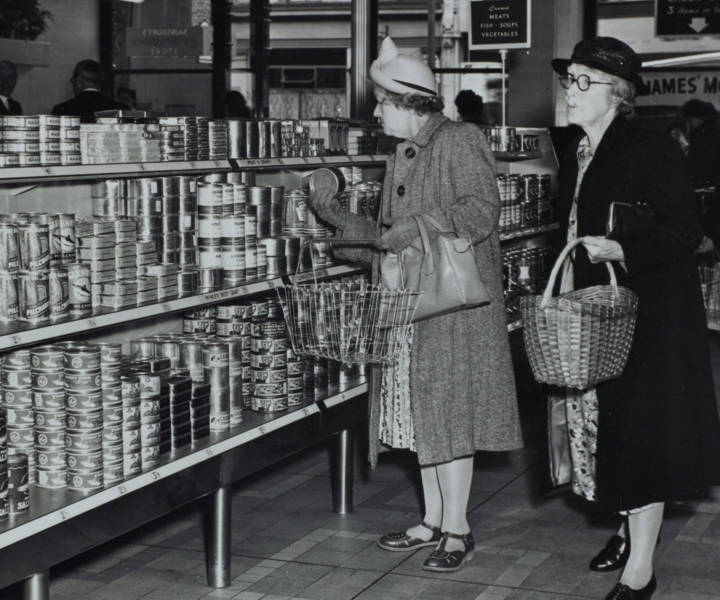
Sainsbury’s archive co-ordinator Marcela Bonthron describes a trip to the store the year Queen Elizabeth II came to the throne
Food in Britain was caught in a strange moment 70 years ago, explains Sainsbury’s archive co-ordinator Marcela Bonthron. Rationing on some produce was still in place after the second world war, and items such as butter, sugar and bacon would be impacted for another two years.
At the same time, it was the dawn of a new era for food shopping. Sainsbury’s had opened its first self-service store in Croydon in 1950, and this move away from traditional counter service in stores was a chance to expand and modernise the range of packaged products.
‘Sainsbury’s was trying to give people more to choose from the foodstuffs that were not rationed – particularly canned goods,’ says Marcela. For home cooks, this mix of restrictions and new products also meant it was a time of experimentation in the kitchen. ‘People learned to make substitutes and explore other types of meals,’ Marcela adds. ‘Some of the combinations were quite weird, but you had to make do with what you had!'
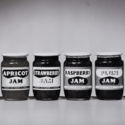
FRUIT PRESERVES
Jams and marmalades were easily obtainable at the start of the 1950s. They rose in importance as they stopped being rationed before sugar and they became a home baking essential.
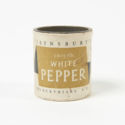
Spices
In 1952 seven varieties of spices were available at Sainsbury’s: ginger, cloves, nutmeg, ground mixed spice, white pepper, caraway seeds and curry powder. They were one of the first products to be repackaged in a modern house style suitable for the new self-service shops.
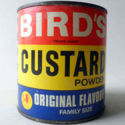
Custard powder
A wide range of custard powders lined the shelves. Not only essential for desserts, they were also used for savoury dishes like quiches!
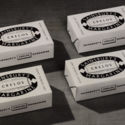
MARGARINE
The use of margarine grew as it was rationed less than butter, which was still in short supply. Margarine was sold in small blocks and had a harder consistency than the soft texture we know today
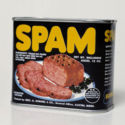
Canned goods
Canned foods were important in the years before frozen food and ready meals (even by the end of the 1950s, only 24% of households had a fridge). Spam and corned beef saw a re-emergence, gaining popularity as a good-value alternative to fresh meat.
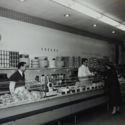
Cheese
A wide range was on offer, from Cheddar (still rationed) to Swiss Gruyère. Until 1957, Sainsbury’s Blackfriars warehouse basement was used as a store. Around 17,000 cheeses were kept and matured there – imagine the aroma!
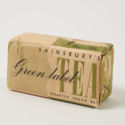
Tea
Tea was a big part of British life, and it stopped being rationed in October 1952. In Sainsbury’s, Red Label tea was the most expensive blend (and is the oldest Sainsbury’s brand product still sold today!) followed by Green and Blue Label.
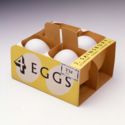
Eggs
Shoppers used to bring baskets from home to pick up items like eggs, which were sold loose. But with the arrival of the self-service stores came specifically designed packaging (once rationing had ended).
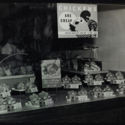
Chicken
Meats like duck, geese and rabbit were popular, but chicken was being promoted as a good alternative. Sainsbury’s published recipe cards touting its versatility for family meals, with new ideas including cold fried chicken salad, chicken Marengo and coq au vin.
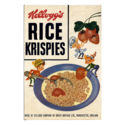
Breakfast cereals
One of the earliest convenience foods, several cereals were available from brands like Kellogg’s, Quakers, Weetabix and Bird’s. The first sugar-coated cereal – Kellogg’s Sugar Frosted Flakes – would arrive in Britain in 1954.
For more information about The Sainsbury's Archive at Museum of London Docklands, visit sainsburysarchive.org.uk.
Images: The Sainsbury's Archive, Museum of London Docklands. With thanks to Kellogg's, Spam and Retonthenet.












